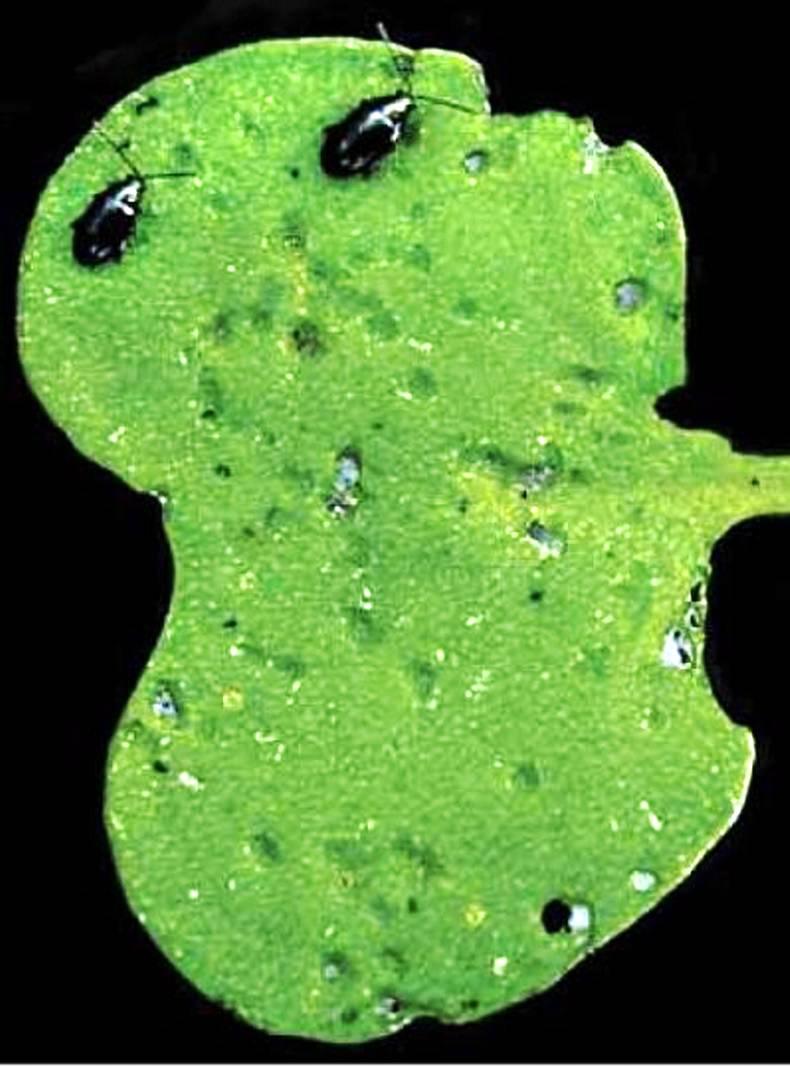Harvest progress: The past week has seen a fair bit of harvest progress, especially in the south. Both grain and straw are being gathered. Yields might be described as average to good on spring barley and winter wheat so far, but there are some poor winter wheat crops cut.
Time for winter rape: The third week in August means it’s time to get winter rape planted, where possible. Rape following winter wheat or spring barley will be later but organic manures, hybrid varieties, seedbed fertiliser and higher seed rates can be used to help generate the necessary autumn canopy. Prices are holding reasonably well for next harvest so it is worth considering some forward selling.
As well as the recommended list, there are a lot of non-recommended varieties in the market. Many are in official trials but others are not. This can leave growers vulnerable as a variety doing well in Britain provides no guarantee of its relative performance here.
Varieties like SY Harnas (high yield, extra vigorous autumn growth, good on light leafspot and phoma); Anastasia (new high-yielding conventional variety with short stiff stems and excellent lodging resistance and doing well in Irish trials); DK Extrovert (a DeKalb variety offering good phoma and light leafspot resistance, autumn vigour, high yield, plus pod shatter resistance); Alizze (a new hybrid from RAGT offering high yield, excellent standing power and very good light leafspot resistance); DK Exentiel (a Monsanto hybrid with good pod shatter resistance, double resistance to phoma, good against light leafspot and good early vigour). All these varieties are considered worthy of at least being evaluated for our climate.
Plant hybrid varieties at 35-40 seeds/m2 and conventional varieties at 65-80/m2, depending on sowing date and soil conditions. Use seedbed nitrogen of some form, and possibly P and K, to ensure good autumn growth. This could be a 50kg bag of DAP or 18:6:12 per acre but this should not be needed if using incorporated poultry litter or pig slurry.
Monitor establishing crops for flea beetle damage. This will be seen as white spots or holes on the cotyledon. Death of the seedling can quickly result if the damage is severe. Insecticide sprays may be needed. High early vigour is useful to help a variety to cope. Consider putting out a yellow coloured dish or plate, containing water, to trap beetles so you can evaluate the risk before damage is evident.
Slug numbers appear low but they could quickly become a problem if the weather turns damp. Hold off slug pellet application until you have proof that they are needed. If you intend to use pellets regardless, apply them on top immediately after sowing.
Buffer zones: Remember a minimum 2m uncultivated buffer zone is essential along by designated watercourses. The 2m applies from the top edge of the bank into the field. These cannot be tilled except to plant grass. Leaving an even wider strip will enable it to be managed to prevent weeds from going to seed.






 This is a subscriber-only article
This is a subscriber-only article










SHARING OPTIONS: